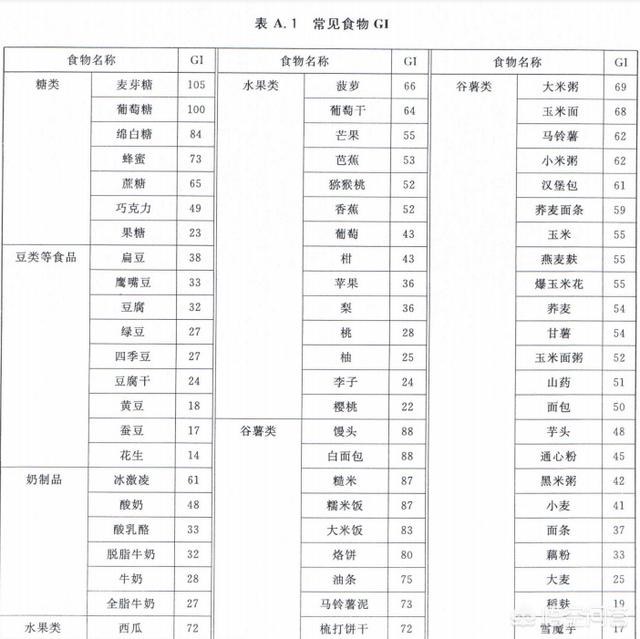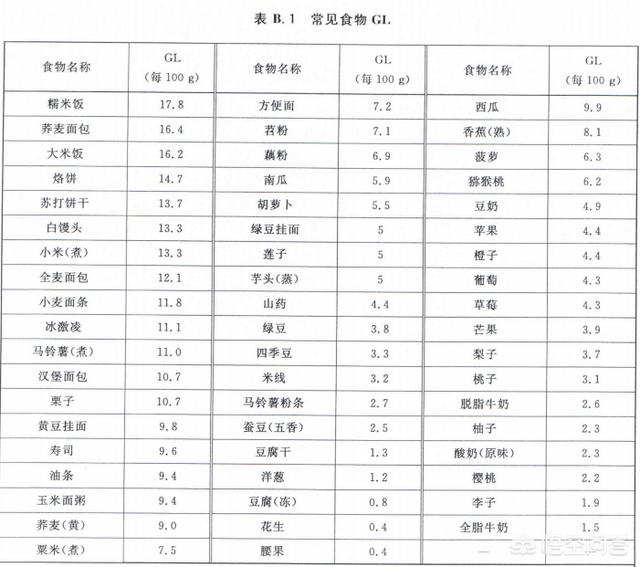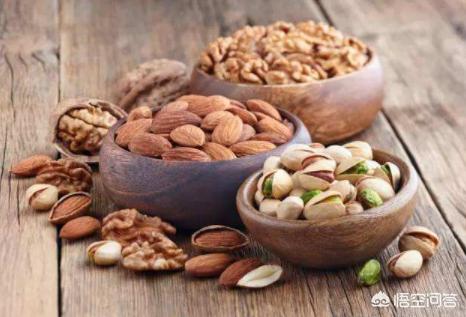Why diabetics can eat nuts as a snack on a regular basis.
First of all, thank you for the invitation.
For diabetics, there are actually a lot of dietary taboos.
People with diabetes should not eat too much rice as a staple food. It is better to eat grains and cereals as the main food, in conjunction with soy products.
Fruits contain a lot of sugar, so it is important not to eat too much fruit. Sweets are even more important to avoid, as they can quickly raise blood sugar. Foods that are high in sugar and starch and fat should be controlled and eaten sparingly.
In general, try to eat a diet low in sugar and rich in vitamins. Avoid diets high in sugar, cholesterol and fat.
Many diabetics eat nuts as a snack because they are rich in protein and minerals. The body growth and development, enhance the system, prevent disease has excellent effect. And nuts almost no carbohydrates, glycemic index is not high, moderate consumption will not cause blood sugar fluctuations. But inside the nuts, containing the amount of fat and calories is also relatively high, for the blood sugar, the impact is relatively large. Therefore, patients are generally not recommended to eat too many nuts. If you can strictly control the consumption of nuts, you can eat some.
Diet for diabetics is one of the keys to controlling blood glucose status and preventing complications, and it should be taken seriously.
To understand how many nuts a diabetic can eat, first we need to understand the principles of a diabetic diet.
Dietary principles for diabetics
1. Balanced diet
Choose diverse and nutritionally sound foods. Make the main food coarse and fine, whole grain food accounted for half of the cereals; side dishes of meat and vegetables.
2. Reasonable meal planning and energy distribution
Eating meals at regular intervals, the energy of breakfast, lunch and dinner should be controlled in the proportion of the total energy distribution of 3/10, 4/10 and 3/10.
If you have less physical work to do, the three meals can also be reduced moderately and then distributed to the morning and afternoon tea to prevent hypoglycemia from occurring.
3. Individualized meal planning and nutrition education
Reasonable individualized dietary arrangement and corresponding nutritional education according to cultural background, life style, blood glucose control method and status, economic condition and education level.
4. Food choices
Foods should be selected and exchanged in conjunction with the patient's dietary habits and food preferences, using GI/GL values as well as nutritional characteristics as a reference. Preference should be given to low-fat foods, high dietary fiber foods, and low GI/GL foods.
Restrictive choices of moderate GI foods and lower dietary fiber foods are also needed;
Foods that should not be chosen more often include foods high in fat and cholesterol, foods high in salt, foods with refined sugar or high GI, and foods low in dietary fiber.


5. Limit alcohol consumption
Alcohol consumption is not recommended for diabetic patients, if you want to consume alcohol, it is recommended that you do not consume alcohol more than twice a week. It is recommended that women consume no more than 15g of alcohol a day and men consume no more than 25g of alcohol a day. 15g of alcohol is equivalent to 450mL of beer, 150ml of wine or 50mL of low strength liquor.
6. Limiting sweets
Moderate intake of sugar alcohols and non-nutritive sweeteners is safe for people with diabetes, but it should be noted that high-fat foods made from sweeteners, such as ice cream and snacks, still have an effect on blood sugar.
7. Cooking methods
Choose cooking methods with less oil, not recommended to choose frying, stir-frying, deep-frying and other multi-oil cooking methods. Limit cooking salt to 5g per day, or 3g for patients with hypertension or kidney disease.
8. Match dietary intake with physical activity, eat and move in a balanced manner
Maintain an appropriate heart rate before, during, and after exercise, maintain an exercise center rate around (170-age), keep energy intake matched to consumption, reduce insulin resistance, and improve metabolic status.
summarize
We summarize the dietary principles of diabetics, the main diet must be balanced, recommended fruits and vegetables, whole grains and other foods rich in vitamins and minerals, pay attention to the way of cooking, pork and beef to choose lean meat, poultry skinned, etc. Avoid high fat, high cholesterol intake, limit alcohol, limit sugar, to avoid excess energy, to ensure that a sufficient amount of exercise.
Nuts are generally rich in protein, vitamins and minerals, and are something that can be consumed as a daily snack.However, diabetics should be aware that nuts contain more fat, when eating as a snack should pay attention to reduce the fat in cooking, to avoid excessive fat, it is generally recommended to consume the amount of nuts in the palm of your hand can be.

Nuts are very nutritious, and often eat nuts on heart disease, cancer, vascular lesions have preventive and therapeutic effects, and diabetic patients are high blood pressure and atherosclerosis of the high incidence of the population, often eat nuts have many benefits.
Thanks for the invite!
Why Diabetics Can Eat Nutty Foods Regularly as Snacks
First of all, you have to understand that diabetics can eat anything, but pay attention to the amount of dietary control, nuts are rich in protein, high quality fat, also contains vitamin E, potassium, etc., on diabetes are very good, but can not be eaten more, nuts contain a high fat food, eat more can make blood glucose, but also aggravate obesity, so be sure to control the amount of ha! General diabetic nut foods recommended to eat 25-30 grams per day, if you eat too much then be sure to deduct the corresponding staple food calories Oh! 😯
This question and answer are from the site users, does not represent the position of the site, such as infringement, please contact the administrator to delete.